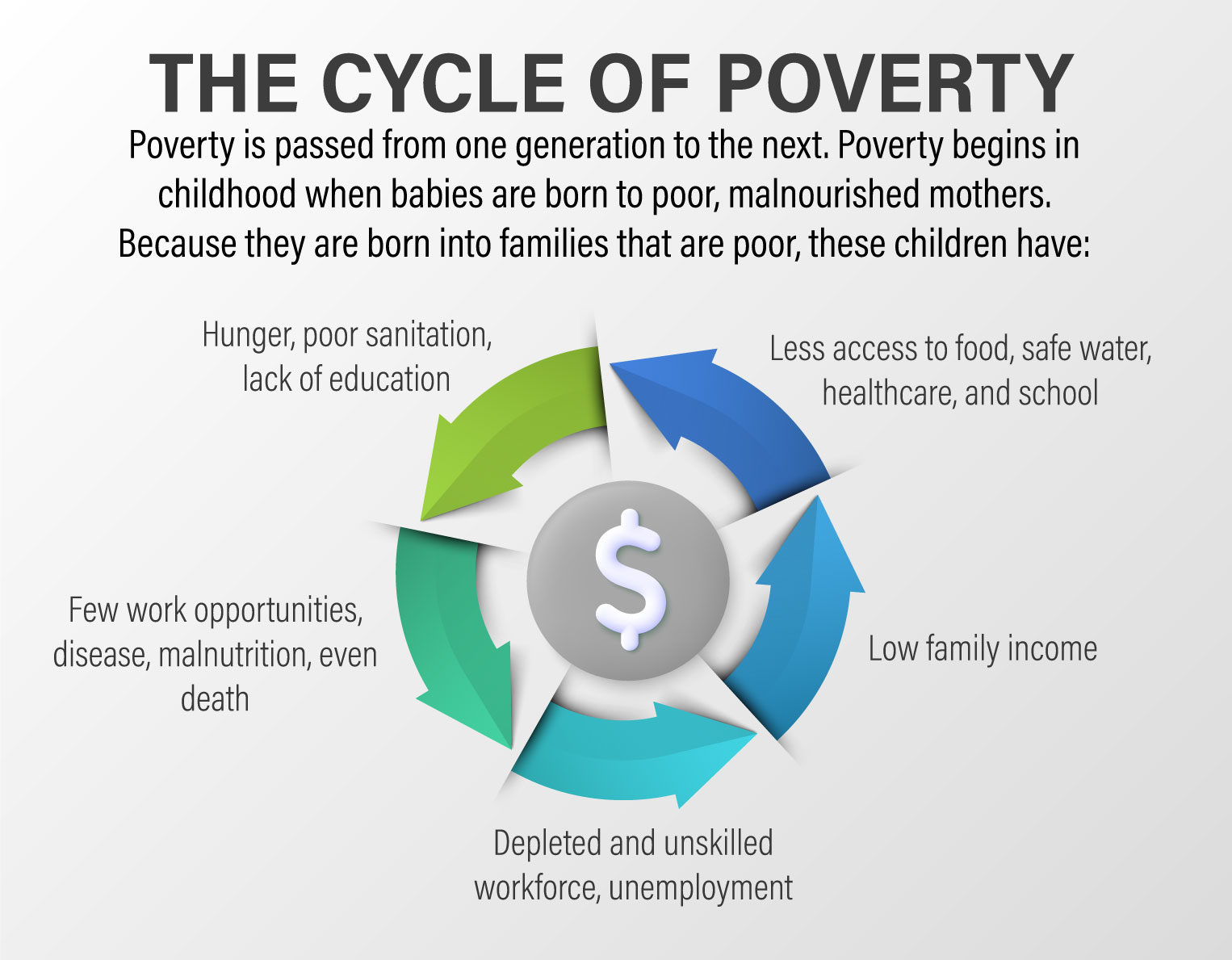Challenge: My Course Material Isn’t Related To Sustainability

mapush / Shutterstock
Try This:
Explore systems thinking and consider how sustainability may fit in with existing processes or systems related to your sector.
When it comes down to it, systems thinking is a holistic way of investigating a topic or problem. Systems Thinking recognizes that all things work in systems, are connected to one another and impact one another.
You can learn more about systems thinking in the Systems Thinking Toolkit, but for now, consider the following scenario:
You teach a course in a community development program and want to help your students understand the connections among factors in communities that perpetuate poverty and low performance in schools. You decide to explore an exercise known as feedback loops. A feedback loop is a “closed set of cause and effect relationships, each element of which can be viewed as having a partial influence on its own behaviour” (Sweeney et al., 2011, p. 8). Feedback loops highlight a circular pattern of causation where elements in a system create a change (or chain of changes) in another element(s) which then come back to affect a change in the original element(s). So, there is a chain of relationships that end up feeding information back into a system.
Together in class, you come up with the following feedback loop.

Humber College
Many of the above elements are connected to SDGs, such as SDG1 No Poverty, SDG 3 Good Health and Wellbeing, SDG 4 Quality Education, SDG 6 Clean Water and Sanitation, and SDG 8 Decent Work and Economic Growth.
Students could then choose to “solve” one of the challenges by focusing on a relevant SDG. Bring the class together afterward to create a new feedback loop with the new solutions to see how the cycle of poverty could be broken.